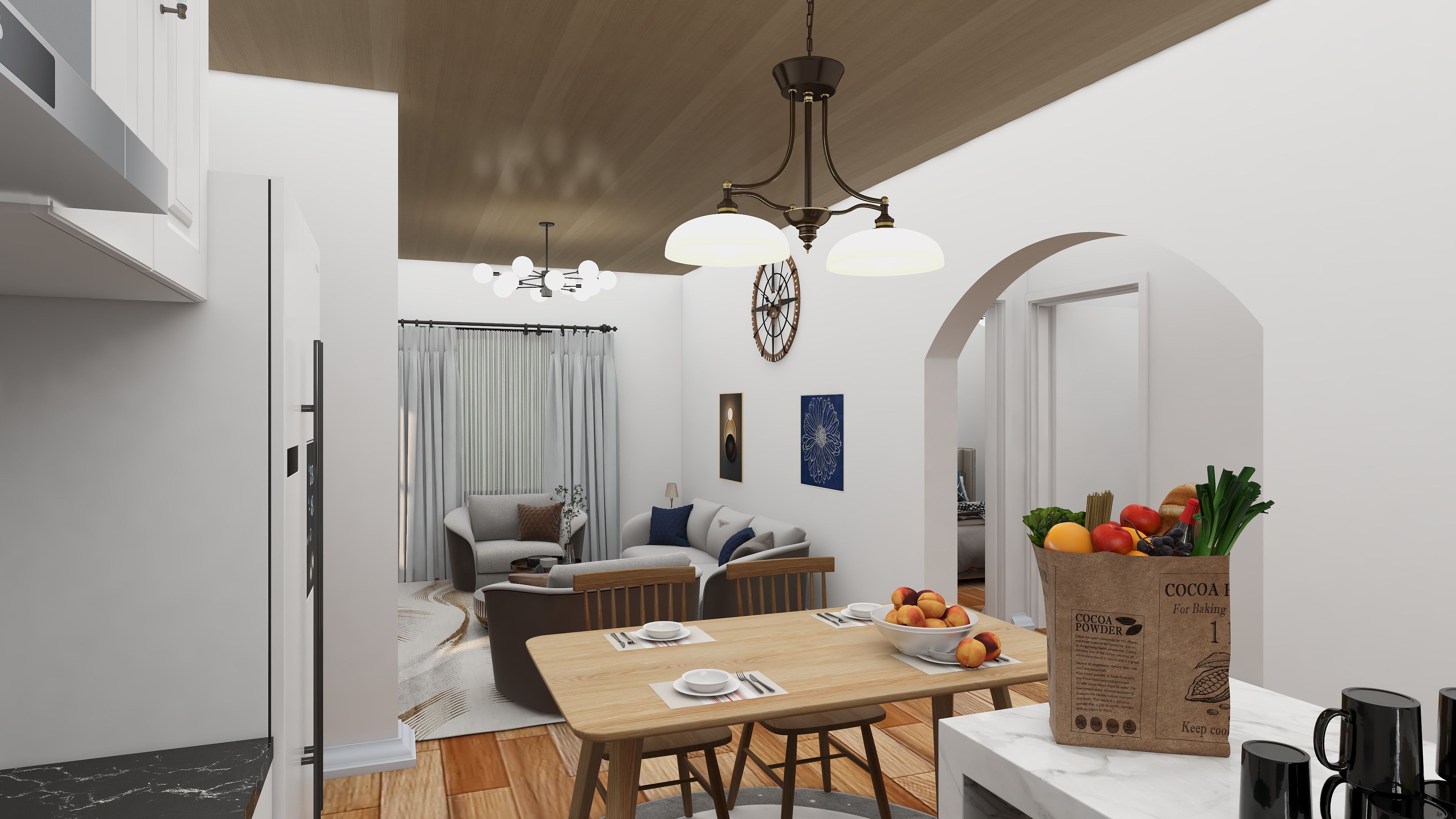What is concentric left ventricular remodeling: Understanding the intricacies of concentric left ventricular remodeling in heart health

Concentric left ventricular remodeling is a specific form of structural change in the heart's left ventricle, which is crucial for pumping blood throughout the body. This remodeling typically occurs in response to increased pressures, often seen in conditions such as hypertension or aortic stenosis. Unlike eccentric remodeling, which involves an increase in the size of the chamber, concentric remodeling is characterized by an increase in wall thickness without a significant enlargement of the ventricular cavity. This adaptation allows the heart to cope with higher workloads but can eventually lead to heart failure if the underlying causes are not addressed.
The remodeling process begins when the heart muscle is subjected to chronic pressure overload. The heart responds by thickening its walls to maintain efficient blood ejection. However, while this initially helps the heart manage the increased demands, it can also lead to stiffness and decreased compliance. Over time, the thickened walls can impair the filling of the ventricle during diastole, leading to diastolic dysfunction, a common precursor to heart failure.
Clinically, concentric left ventricular remodeling can be assessed using echocardiography, which measures various parameters including wall thickness, chamber size, and overall heart function. The presence of concentric remodeling often indicates a worse prognosis and a higher risk of adverse cardiovascular events. Therefore, it is crucial for healthcare providers to identify and manage the underlying causes effectively, such as controlling blood pressure and improving overall cardiovascular health.
Management of concentric left ventricular remodeling may involve lifestyle changes, medications, and in some cases, surgical interventions. Medications such as ACE inhibitors, beta-blockers, and diuretics can help alleviate the pressure on the heart and improve its function. Regular monitoring and follow-up with a healthcare provider are essential to track the progression of the condition and adjust treatment as necessary.
In summary, concentric left ventricular remodeling is a complex process that signifies the heart's response to increased pressure. Understanding this phenomenon is vital for both patients and healthcare providers to ensure timely interventions and improve heart health outcomes. As research in this field continues to evolve, new therapeutic strategies may emerge to better manage and potentially reverse this remodeling process.
Tips for Maintaining Heart Health:
1. Monitor your blood pressure regularly and adhere to prescribed treatments. 2. Maintain a balanced diet rich in fruits, vegetables, and whole grains. 3. Engage in regular physical activity to strengthen your heart. 4. Avoid smoking and limit alcohol consumption. 5. Manage stress through relaxation techniques such as yoga or meditation.
FAQ
Q: Can concentric remodeling be reversed?A: While it may not always be reversible, managing underlying conditions can improve heart function and prevent further remodeling.
Q: What are the symptoms of concentric left ventricular remodeling?A: Symptoms may include shortness of breath, fatigue, and swelling in the legs or abdomen.
Q: How is concentric remodeling different from eccentric remodeling?A: Concentric remodeling involves thickened walls without significant chamber enlargement, while eccentric remodeling includes an increase in chamber size.
welcome to Coohom
Please check with customer service before testing new feature.

